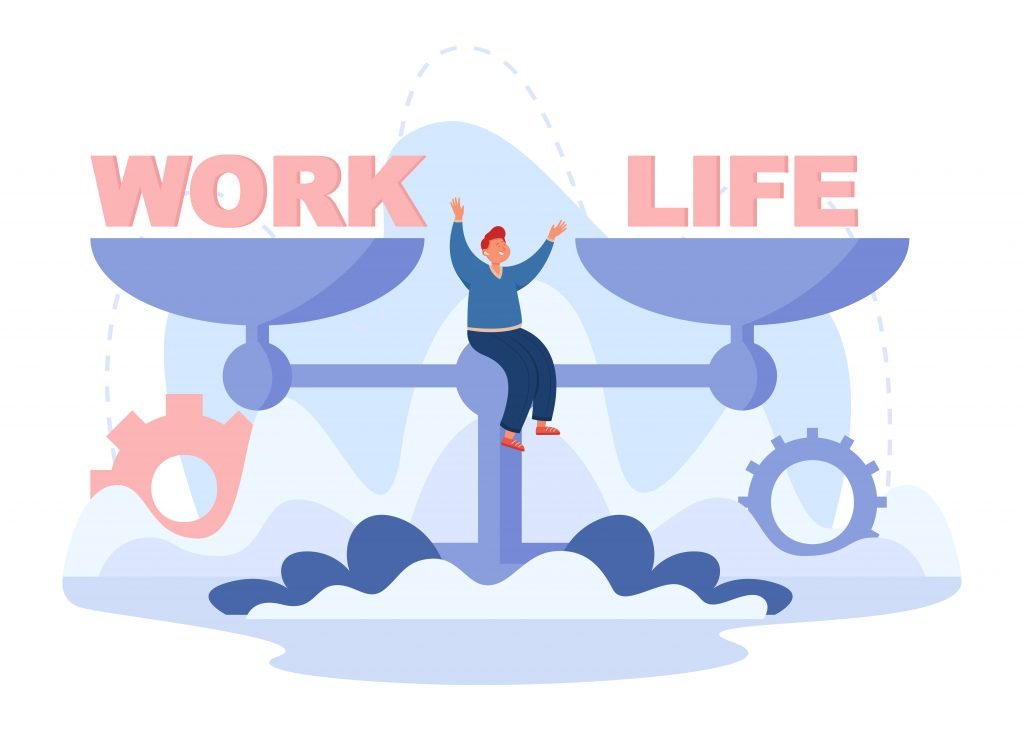In today’s competitive business landscape, job seekers are looking for more than a salary to sustain themselves. Their expectations have shifted towards a company’s commitment to employee well-being and health when considering potential employers. Thankfully, business success and employee wellness go hand-in-hand. While employees gain value, happiness, and health from companies that prioritize their well-being, employers also experience numerous benefits. Wellness is an engagement tool, a culture builder, and a recruitment and retention strategy, among many other solutions.
What Is Employee Health?
Employee health refers to the overall well-being of employees in the workplace, encompassing physical, mental, emotional, financial, social, occupational, intellectual, and environmental health. It involves providing programs and services to promote a healthy and safe work environment, prevent illnesses and injuries, and support employees in maintaining their health and well-being.
Employee health programs typically include health assessments, check-ups, and wellness initiatives like fitness programs, stress management, nutrition counseling, and financial planning. Investing in employee health can benefit both the individuals themselves and the organization, resulting in a happier, healthier, and more successful workforce.
Benefits Of Investing In Employee Health
A healthy workforce is crucial for the success of any organization. Employers who prioritize the health and well-being of their employees demonstrate a commitment to their staff and reap numerous benefits from doing so.

- Attract top talent: The modern workforce is seeking employers that offer more than just a paycheck. Comprehensive health benefits and a robust wellness program differentiate a company from its competitors, attracting talented workers.
- Retain employees: Companies prioritizing employee well-being can improve retention rates by creating a positive work culture that values and supports its employees.
- Boost employee engagement: Eighty-seven percent of US employees who work for a company with a wellness program are happy and engaged with their job and would recommend it to a friend. When employees are healthy and supported by their employer, they are more likely to be motivated and committed to their work.
- Increase productivity: Stress and poor health can take a toll on performance. Employers can help employees optimize their physical and mental health by investing in health and wellness initiatives, resulting in a high-functioning, productive workforce.
- Raise morale: When employees feel valued and supported, they are more likely to have a positive attitude towards their work and the company, resulting in improved morale.
- Improve brand image: Employers prioritizing health and wellness build a positive brand reputation by demonstrating social responsibility to their employees and appealing to customers and job seekers.
- Decrease absenteeism: By helping to manage employees’ health, employers reduce the likelihood of sickness within the workplace. This results in fewer sick days and maximized productivity of the workforce.
- Inspire behavioral changes: Wellness programs provide employees with firsthand experience of the multitude of benefits that come with leading a healthy lifestyle. Some programs even offer incentives to reinforce the importance of investing in their health. Employees are likely to adopt habits that improve their well-being when employers support them in doing so.
7 Ways To Improve Employee Health
Enhancing employee health involves addressing all dimensions of well-being. There are various ways employers can promote health in the workplace.

1. Facilitate Physical Activity
Physical inactivity can cause preventable chronic diseases such as heart disease, obesity, diabetes, and high blood pressure while increasing health care costs for organizations. Employers can promote physical activity by offering on-site or on-demand fitness classes, organizing a step challenge, creating workplace sports teams, providing gym memberships or fitness trackers, and encouraging employees to take active breaks throughout the day.
2. Make Healthy Eating Easy
Healthy eating can be intimidating for employees who don’t know where to start. Providing education on nutrition enables them to make more informed decisions about what to fill their plates with. Taking donuts and pizza out of the office food budget and replacing them with healthy alternatives simplifies decision-making for employees and ensures they are fueled with the right foods to perform their best.
3. Encourage Work-Life Balance

When work consistently overrides personal responsibilities and commitments, employees are more likely to experience stress and burnout. Employers can promote work-life balance by implementing flexible work arrangements, a gracious time-off policy, and establishing clear guidelines for after-work communication.
4. Offer Financial Guidance
Financial instability can result in stress and anxiety. Employers who provide financial literacy and money management education instill confidence in their employees to make more informed financial decisions. Offering retirement plans, emergency savings plans, and flexible spending accounts can also support employees in achieving financial stability.
5. Consider Environmental Factors
Being environmentally friendly goes hand-in-hand with employee well-being. For example, implementing remote work promotes work-life balance while reducing an organization’s carbon footprint by cutting down on commuting times. Another example is decorating the office with greenery, as plants have been shown to enhance mental and emotional health and improve air quality.
6. Incentivize Healthy Behaviors

Organizations can reinforce healthy habits by offering employees credit for engaging in certain behaviors, such as walking a certain number of steps every week, tracking nutrition, or completing meditation sessions. Credit can be in the form of a Lifestyle Spending Account in accompaniment with a wellness platform, allowing users to earn points for practicing healthy behaviors, which they can redeem in a virtual marketplace.
7. Implement A Holistic Wellness Program
One of the most effective ways to improve employee health is by implementing a tailored holistic wellness program. This involves a collection of initiatives that address all dimensions of well-being. While wellness trends come and go, this comprehensive, ongoing, and individualized approach results in the sustained happiness and health of the workforce.
Employee Health vs. Occupational Health
Understanding the difference between occupational and employee health is vital to implementing appropriate programs and services.

Occupational Health Care
Occupational health care addresses worker’s compensation, in which employers provide insurance coverage for employees who suffer workplace injuries. This helps control medical costs and reduces employer liability.
However, worker’s compensation clinics often fail to deliver efficient non-urgent and routine medical care such as pre-employment physicals, vaccines, and drug testing. Additionally, human resources managers may struggle to manage employee health records and invoicing due to outdated technology.
Employee Health Services
Employee health services encompass various programs and services to ensure the well-being of employees. Common employee health services include physical exams, drug and alcohol testing, tuberculosis testing, hearing tests, vaccinations, and more.
However, few companies offer comprehensive employee health programs that provide cloud-based systems for tracking employee records, scheduling annual exams and follow-ups, and generating reports for audits.
Wellness Programs

Employer-provided wellness programs are designed to promote employee health and reduce health care costs. These programs enhance productivity, reduce absenteeism, and boost employee satisfaction. They also serve as a powerful incentive for talent acquisition and employee retention. Such programs include employee wellness challenges, on-site and virtual fitness classes, and mindfulness programs.
Should Employers Separate Worker’s Compensation & Employee Health Services?
Separating worker’s compensation from employee health and wellness optimizes efficiency and quality of services. Worker’s compensation is only needed by a small percentage of employees, while most employees can utilize employee health and wellness services. Occupational health clinics are often Urgent Cares that provide worker’s compensation services for severely injured patients. This can result in long wait times and subpar service. Choosing a specialized clinic for employee health and wellness ensures a positive experience for all employees.
Additionally, worker’s compensation clinics often lack the necessary technology to manage employee health records. Human resources managers may spend countless hours collating and verifying employee health records, which can lead to hidden costs for the employer. In contrast, an employee health clinic with cloud-based software can organize records and provide human resources managers with additional cost savings. Access to this advanced technology is essential for managing employee health and wellness effectively, and it also allows human resources staff to focus on other responsibilities.
Who Is Responsible For Employee Health?

Human resources managers are typically responsible for the health and well-being of their company’s employees. They are responsible for coordinating with health care providers, insurance companies, and health clinics to ensure employees’ access to high-quality care. Another primary responsibility is to select and implement health and wellness programs tailored to their population’s needs. This involves researching and choosing holistic vendors who serve in all areas of wellness, such as physical activity, nutrition, stress reduction, and mental health support. They must also ensure these programs are adequately promoted and accessible to all employees. Finally, they may monitor employee participation and measure the value of these programs over time.
This article was last updated on May 22, 2023













